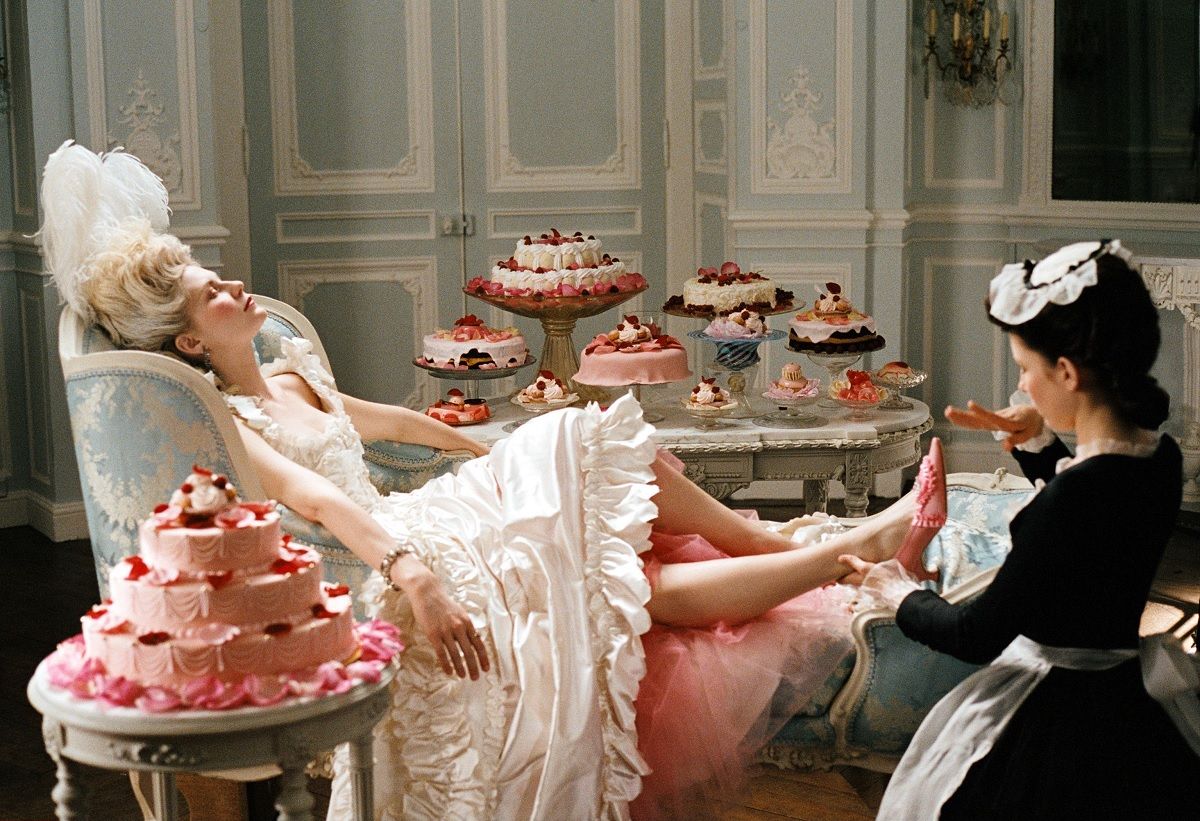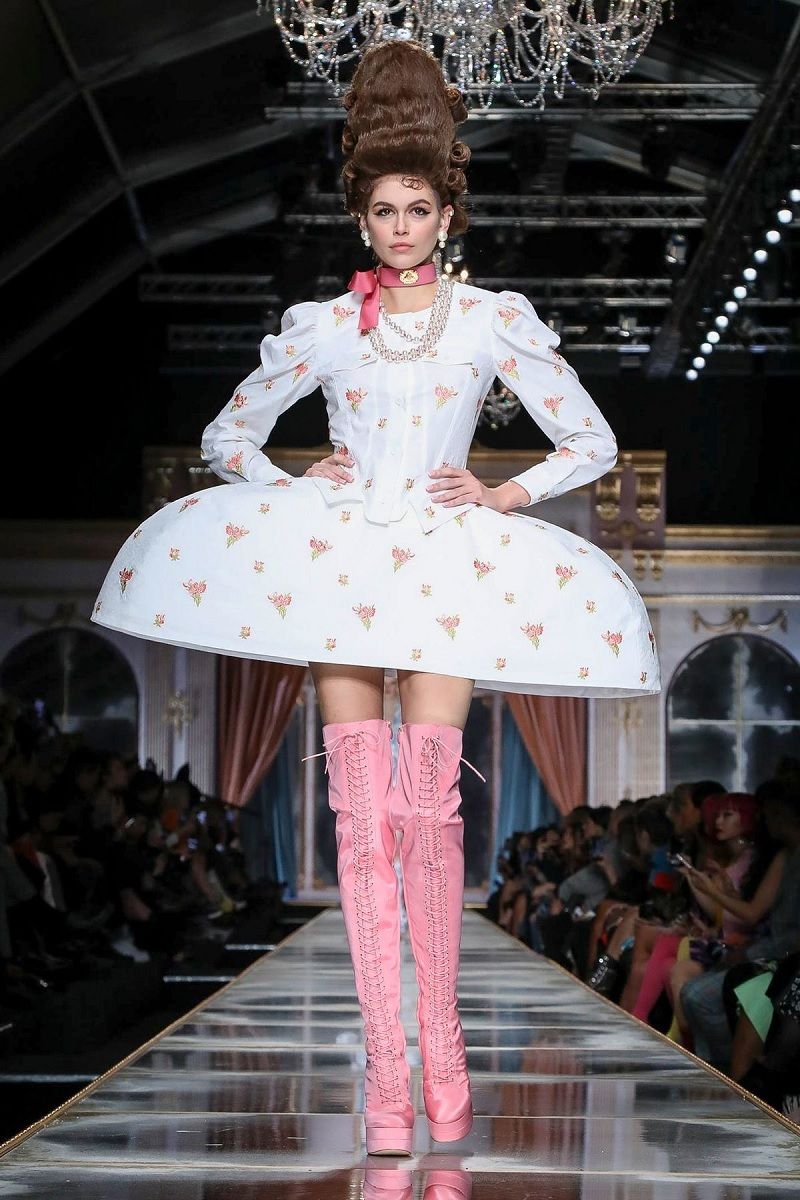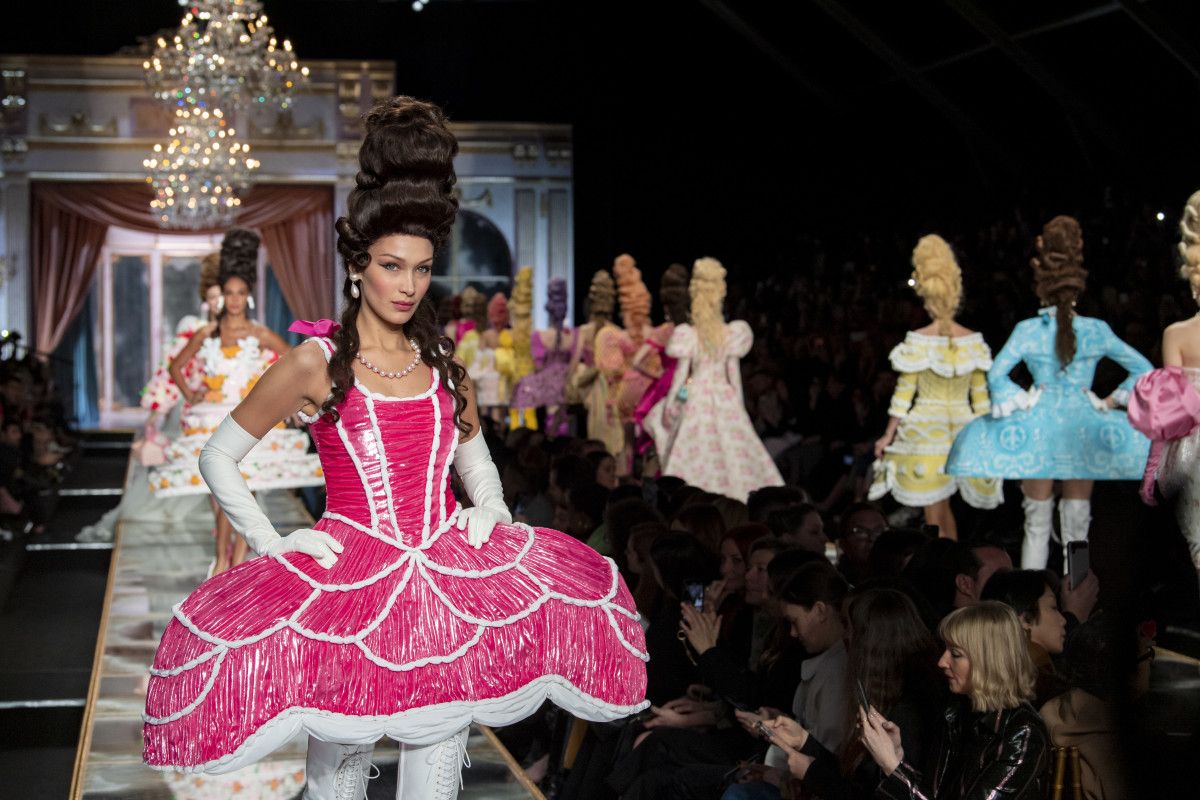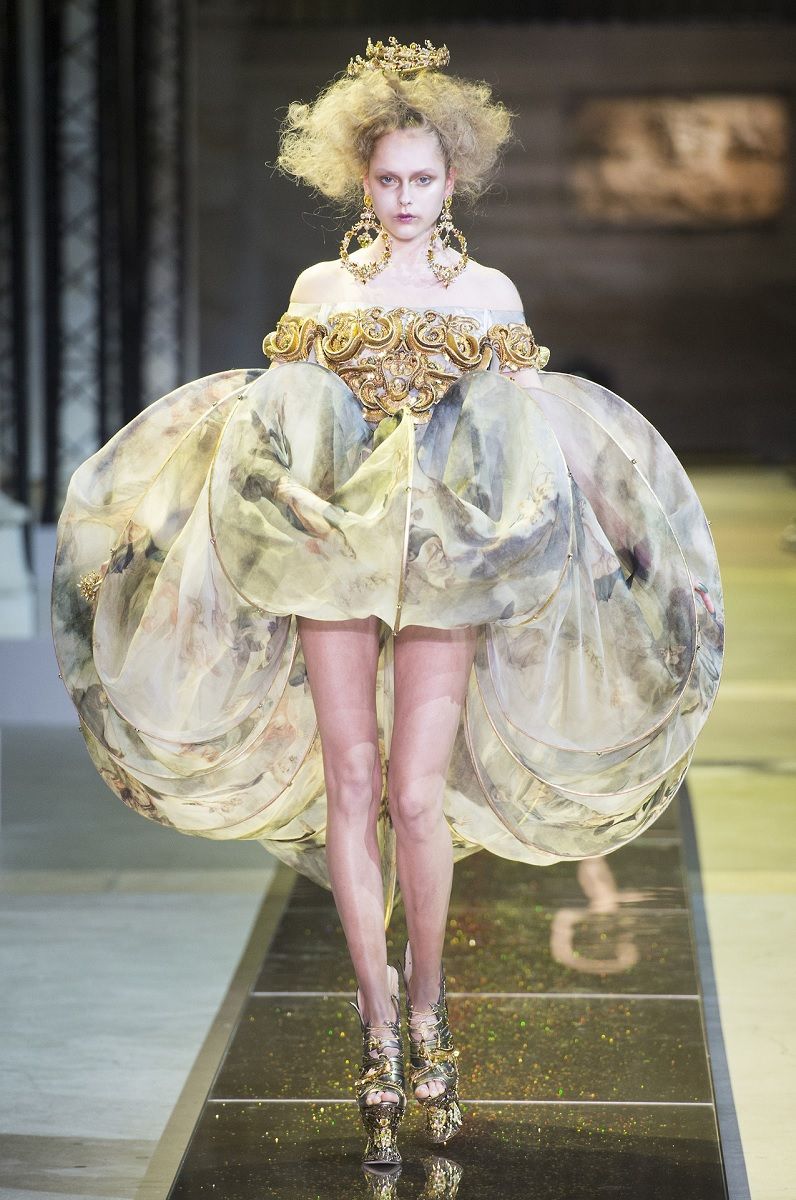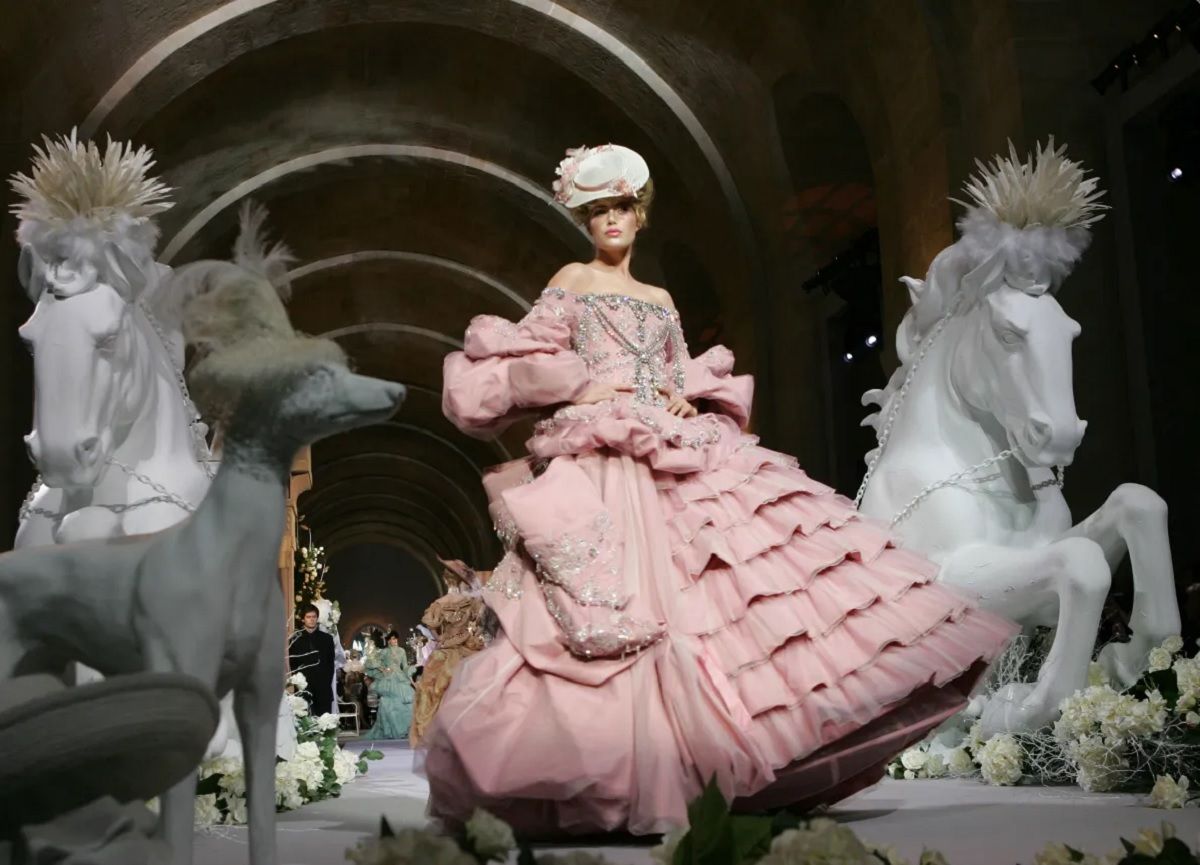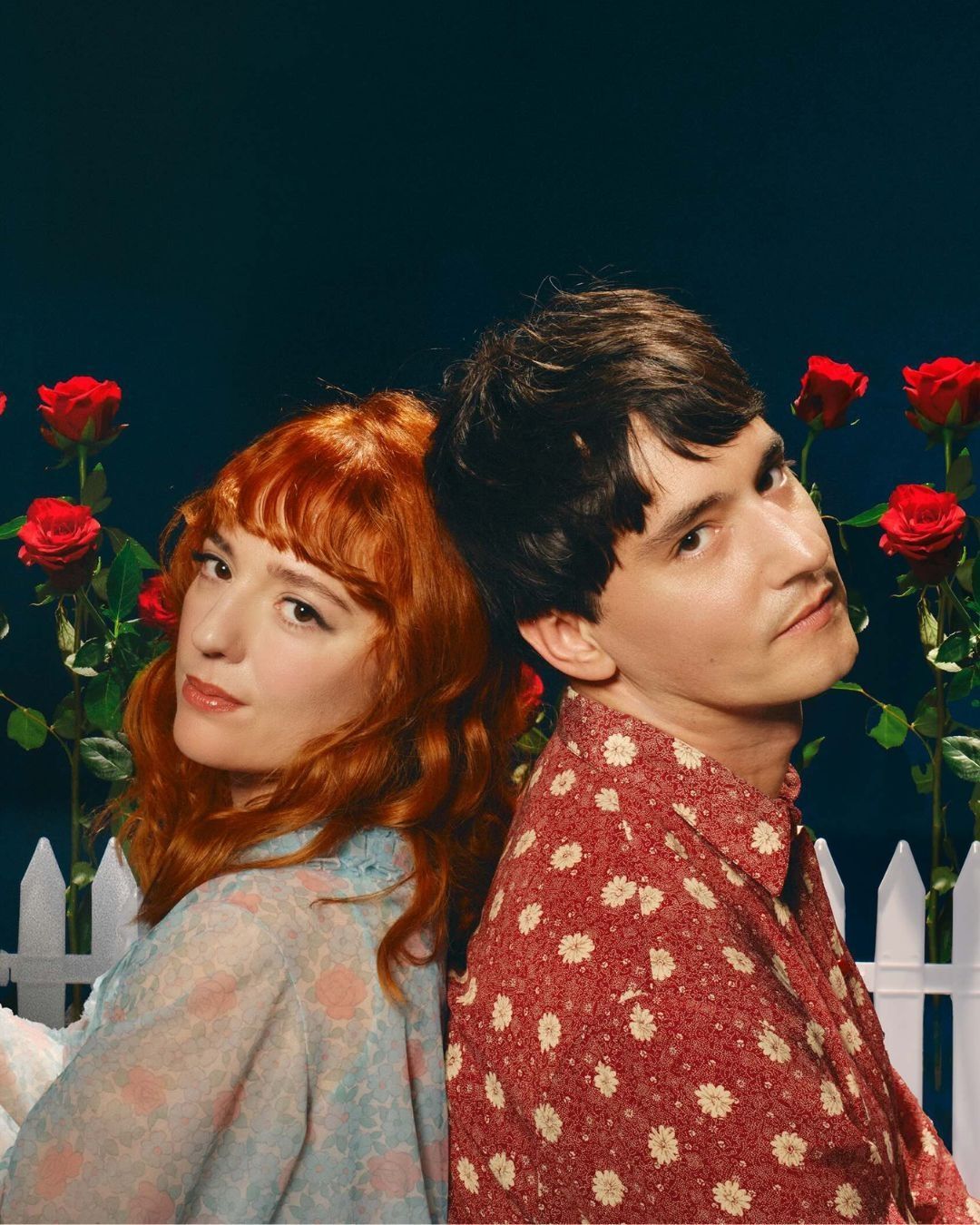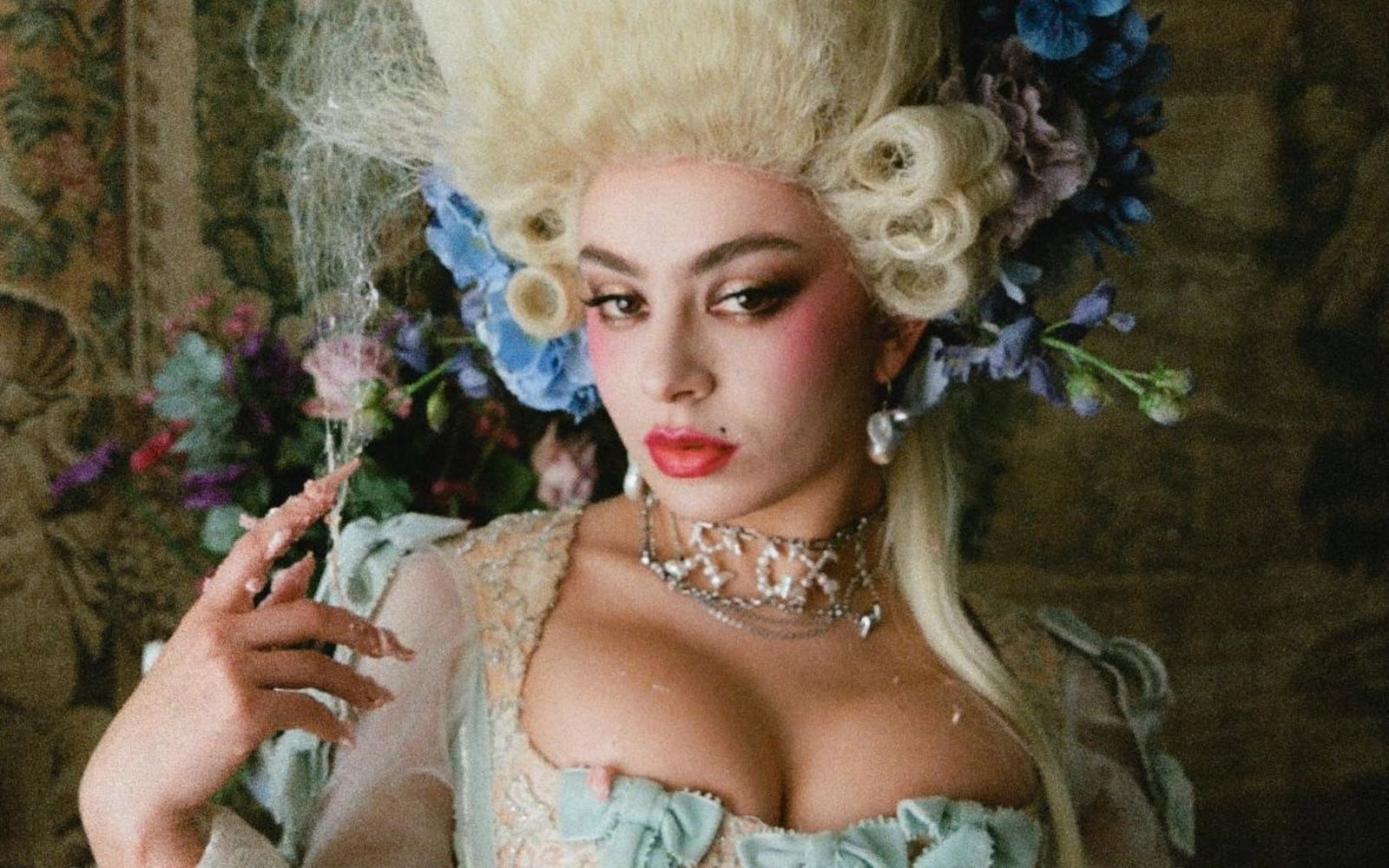
The immortal influence of Marie Antoinette's aesthetic At the court of Versailles, the aristocratic vanity of the times still shows us that clothes and hair are symbols of power
"Let them eat brioche" is perhaps the phrase we best remember of the Dauphine described by Zweig, in his famous biography, as the goddess of Rococo exemplary in taste. Hated as much as loved, Marie Antoinette, the wife of Louis XVI who became Queen of France in 1774, was undoubtedly the world's first influencer. Even if she didn't know it. Just like today's It-girls, she had haters as well as followers and was the first consumer to give importance to haute couture fashion. Thanks to the work of her personal dressmaker, Rose Bertin, what Marie-Antoinette left to her posterity are certainly look ideas that first amazed courts all over Europe - her collection of dresses took up about three rooms - and now give inexhaustible inspiration for our wardrobes. She even had a men's diary in which she wrote down all the combinations of fabrics that she liked best. The diary in question, dating back to 1782 and named La Gazette des Atours, which can be translated as gazette des ornaments, in fact contained fabric samples with a description of each possible use, for formal as well as informal occasions, noted alongside. A triumph of pastel shades, micro floral patterns and precious embroideries, ribbons and bows, in Rococo style, triumphed. Fabrics and styles that still live on in our fashion imagination today, and which have taken on the name of coquette fashion.
Marie Antoinette fashion today
What is certain is that Rose Bertin gave clothes a kind of power. The rule at Versailles was that women at court should never wear the same dress twice, and so they altered them or used fabrics to give the dresses new fashions. A contemporary pioneer was Vivienne Westwood who, for her autumn-winter 1995 collection, brought a modern take on the dolphin style, with corsets and crinolines. John Galliano did the same for Dior in 2008, as did Chanel for its Resort 2013 collection, staged at Versailles. Moschino, on the other hand, with its irony, reinvented the aesthetic of the regent in 2020, while Guo Pei revisited it with exotic flashes. But the style that is now called coquette also lives on the small screen.
Take, for example, the much-loved TV series Bridgerton, with all the collaborations that followed, from Pat McGrath's make-up to Malone Souliers' sumptuous shoes. The credit for this "flirtatious" fashion comes from a calibrated mix between that of Kubrick's Lolita nymphet and Sofia Coppola's Marie Antoinette. You know you have this style if your wardrobe includes: pastel colours, bustiers and corsets, pearl or heart-shaped jewellery and romantic platform shoes. Coquette, in short, we could translate it as a romantic and chatty look with pleasantly provocative connotations.
The myth of "pouf" hair
It was the hairstyle developed by Marie-Antoinette's hairdressers that gave rise to contemporary hairstyles in the courts. This "multi-layered" hairstyle, which allowed the hair to be raised more than a metre, was made up of wigs that were coloured with herbs, such as rhubarb or turmeric, to give the hair new shades, en pendant with the clothes, and a shiny appearance. Before shampoo was invented, this was how wigs were kept fresh and perfumed at court, giving us the cue even today on how to sport flawless wigs when we need them most, such as at theme parties.
The beauty routine of the dauphine was pioneering
We could spend hours talking about all the beauty rituals pioneered by the empress and perfected by her staff. Among the many secrets of her beauty, the most famous is surely the Eau Cosmetique de Pigeon, the facial moisturising mixture made with lemon, cucumber water-lily juice and stewed pigeons. The recipe was found in an original 19th-century text, The Toilette of Health, Beauty, and Fashion, which was inspired by a Danish recipe for giving softness and elasticity to the face, even lightening the skin. Another do-it-yourself recipe was masks, made from a mixture of eggs, milk, lemon and cognac. Marie Antoinette was also fond of perfumes, thanks to the passion brought to France by her husband, Louis XVI. To combat bad odours, the court used to fill rooms with bouquets of fresh flowers and perfumed oils. According to the book A Scented Palace: The Secret History of Marie Antoinette's Perfumer, the dauphine would apply Eau des Charmes, with the scent of May vine, or the one made for her by perfumer Jean-Louis Fargeon, with jasmine, rose and bergamot. No less important was the make-up. As reported by Mentalfloss, the queen was one of the first women to wear red lipstick, made from a red lead pigment. The white powder was her finishing touch, combined with rosy cheeks, to give her face an angelic allure.
Marie Antoinette returns to the small screen (and in a video clip)
Of course, the onus for bringing the beautiful dauphine back into our culture was certainly on Sofia Coppola when, in 2006, she revived her with the face of Kirsten Dunst in the partly biographical film, Marie Antoinette. Here she did not eat croissants, rather pastel-coloured cakes with several layers of cream and macarons, wearing a pair of Manolo Blahniks one more desirable than the other. But from 31 October, on Canal+, the dauphine returns played by the Russian-German actress Emilia Schüle, who portrays her at a very young age. Taylor Swift also paid homage to the Queen of France in her latest video Midnights, with multi-layered dusty pink wigs and a dreamy dress with vintage connotations. This leads us to say, quoting history, to those who don't like her eternally contemporary style to eat brioche!























































